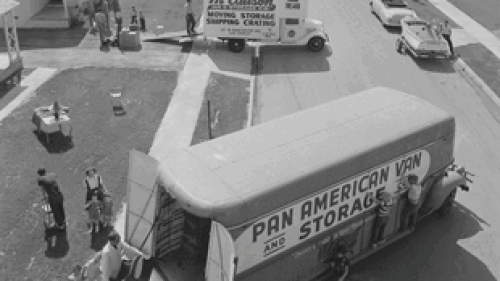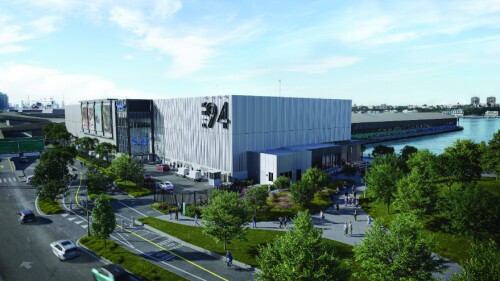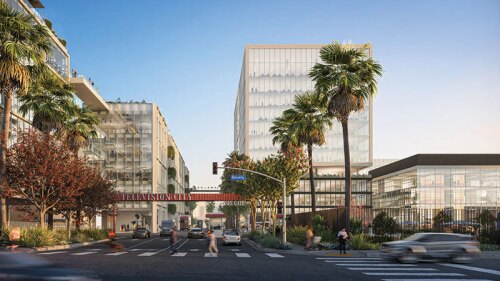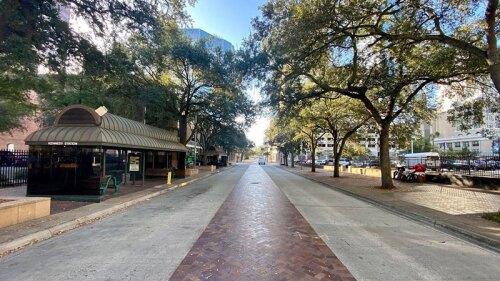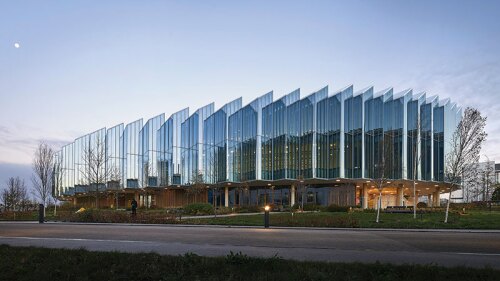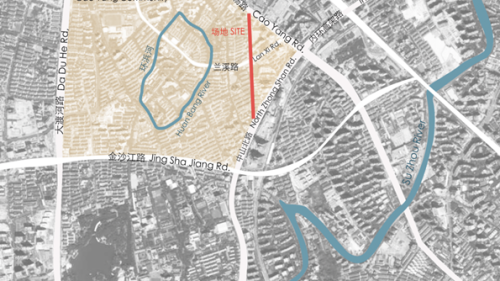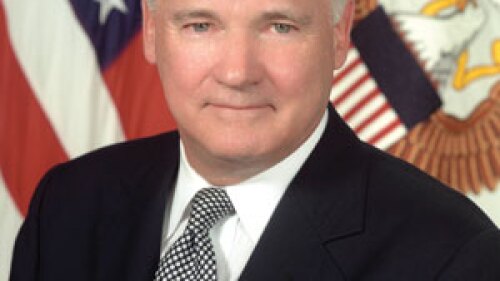Design and Planning
Six impressive developments from around the world have been selected as winners of the 2023 ULI Global Awards for Excellence. This year’s winners include two from North America, two from Europe, and two from Asia Pacific.
New towns and master-planned communities played a major role in the growth of the Los Angeles metropolitan area throughout the 20th century. With the invention of mass-produced housing in the 1940s—a factory in the field, as exemplified by Levittown in New York—Los Angeles developed rapidly after large ranches such as Palos Verdes and Bixby Ranch were master-planned for housing and neighborhood amenities.
As modern soundstage developments rise in Hollywood and emerging film markets elsewhere around the country, also in the works are closely related production facilities that, likewise, tap into the future of entertainment and creative production space. In the heart of Hollywood, the global architecture firm HKS is designing CMNTY Culture Campus
Hollywood and the film industry has changed dramatically over the last several decades, especially in recent years with the rise of streaming networks.
ULI Tampa Bay has proudly secured its position as the latest addition to the global cohort of ULI national and district councils participating in Art in Place, an 18-month ULI program designed to bridge the gap between artists, developers, and local communities
Ten developments take advantage of the environmental and operational benefits of geothermal energy.
A winner of the 2023 ULI Asia Pacific Excellence Award. Caoyang Park is located in a residential neighborhood in the Putuo District of Shanghai along what used to be a freight railway track that went into disuse and gradually transformed into a local farmers’ market. This nearly one-kilometer-long (0.62 miles) and 10 to 15-meter-wide (32.8-49.2 ft) strip of land now serves a fresh, innovative function. Following the market’s closure in 2019, this space has been reimagined into a vibrant, multi-tiered, mixed-use park with a strong emphasis on pedestrian accessibility and community engagement.
“Knot Charleston,” the development plan that earned top honors in this year’s ULI Hines Student Competition for the Americas region, was the product of extensive research, thoughtful design, and close collaboration among the winning team of five Harvard University graduate students.
Ten developments from across North America have been selected as winners of the 2023 ULI Americas Awards for Excellence. This year, 68 projects and programs from across the Americas region were submitted for the competition.
In 2020, Mahlon “Sandy” Apgar, a ULI trustee and Julia Morgan Society member, provided an endowment to the ULI Foundation to create the ULI Apgar Thought Leader Award. The award program encourages the sharing of original research and innovative ideas related to the real estate industry. Every two years, a committee chooses a winning article published in Urban Landmagazine and written by a thought leader, awarding a $1,500 honorarium and free registration for the Institute’s Fall or Spring Meeting.

